Whether you’re in USDA hardiness zone 3 or 10, there are various species that can be seeded or transplanted in August to ensure a vibrant fall garden. This guide will explore the vegetables, flowers, herbs, and landscape plants suited for planting in August, providing details on their temperature tolerances and specific planting dates according to USDA zones.
Vegetables To Plant
Broccoli
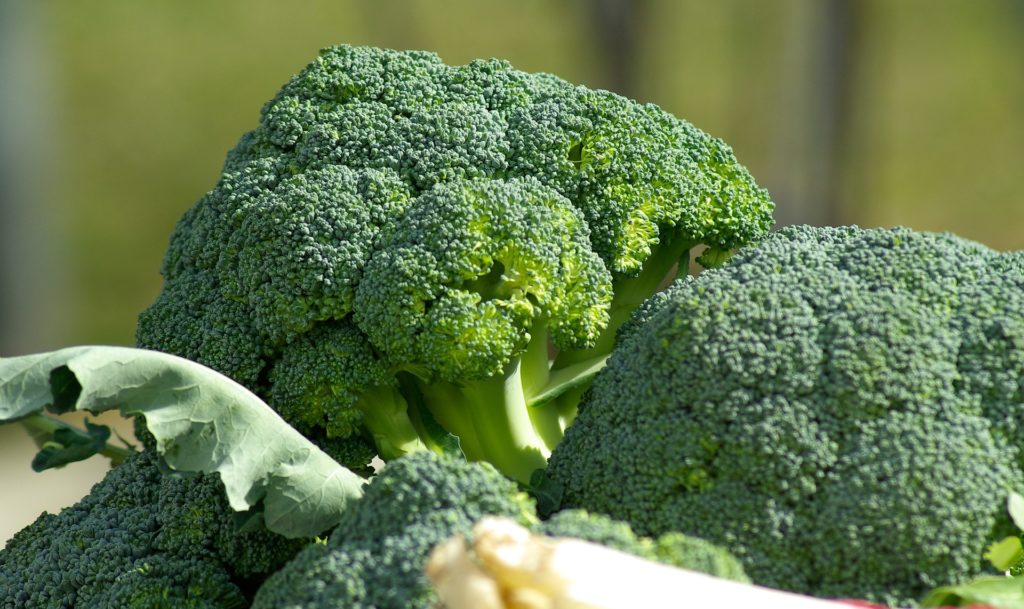
Broccoli is a nutrient-dense vegetable that thrives in cooler temperatures. It can be planted in USDA zones 3 through 7 in August. Broccoli seeds should ideally be started indoors in July and transplanted outdoors in early August, or seeds can be direct-sown late in the month. This cruciferous vegetable germinates best in temperatures of 70°F or lower.
Temperature Tolerance: It can withstand frost, making it suitable for early fall harvest.
Planting Tip: Ensure you provide enough spacing between seedlings (about 18-24 inches apart) to allow for ample head development.
Radishes
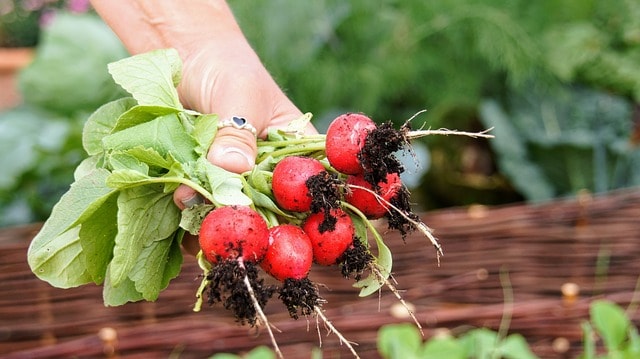
Radishes are one of the quickest-growing vegetables, suitable for planting in USDA zones 3 through 9. Direct sowing can occur from early to late August, as they typically take about 30 days from seed to harvest. They love the cooler temperatures of fall and can thrive even after a light frost.
Temperature Tolerance: Radishes can withstand light frost and actually improve their flavor in cooler temperatures.
Planting Tip: Opt for succession planting every two weeks for continual harvests throughout the fall.
Spinach
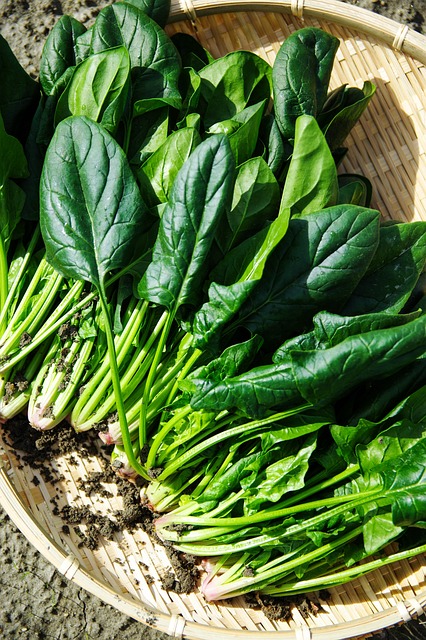
Spinach is another fantastic leafy green to plant in August, suited for USDA zones 3 through 9. It can be direct sown from mid to late August, taking advantage of the mild fall climate. Spinach’s cool-weather preference makes it an excellent candidate for fall gardens, where it can be harvested as needed.
Temperature Tolerance: Spinach can survive frost and even become sweeter after exposure to cold.
Planting Tip: To mitigate bolting, avoid planting in late heat waves, and consider using shade cloth if temperatures spike unexpectedly.
Kale
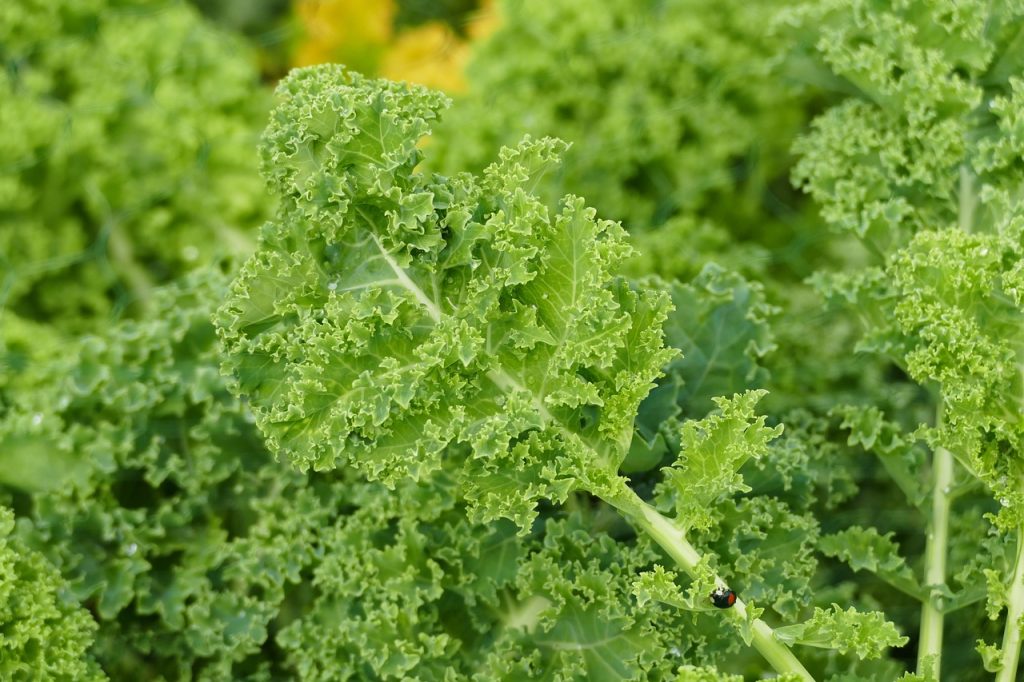
Rich in nutrients, kale can also be planted in USDA zones 3 through 9 during August. It can be directly seeded in early August or started indoors and transplanted later. Kale actually flourishes in the cold, becoming sweeter and more flavorful after frost exposure.
Temperature Tolerance: Kale is hardy and can endure temperatures as low as 20°F.
Planting Tip: Use row covers to protect young plants from pests and harsh winds.
Carrots
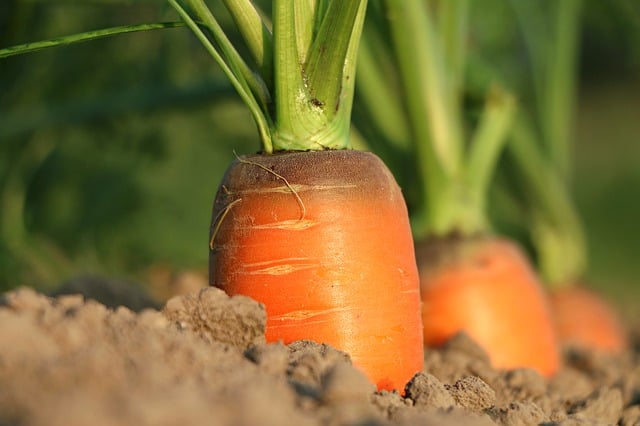
Carrots are ideal for planting in August, especially in USDA zones 3 through 7. Seeds can be direct sown up until the end of the month, and they thrive in cooler soil conditions. They typically take 70-80 days to mature and can be left in the ground for harvesting well into winter.
Temperature Tolerance: They can survive a frost and can even be harvested under snow in milder winters.
Planting Tip: Ensure soil is well-draining and free from large stones for optimal root development.
Beets
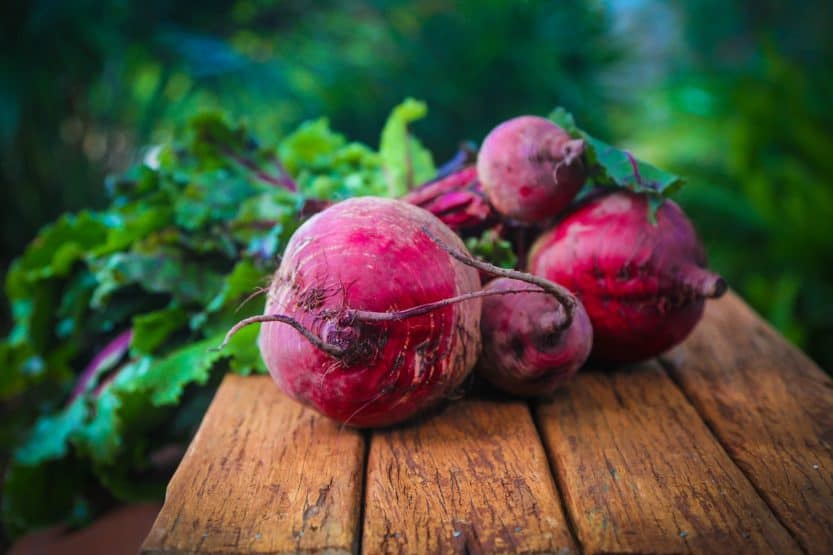
Beets are hardy biennials popular for both their greens and roots, making them valuable in the kitchen. USDA zones 3 through 9 provide ideal growing conditions for beets when planted from mid to late August. They usually take 55-70 days to mature.
Temperature Tolerance: Beets can tolerate cold and light frost, enhancing their taste as temperatures drop.
Planting Tip: Thin seedlings to 3 inches apart to promote larger roots.
Lettuce
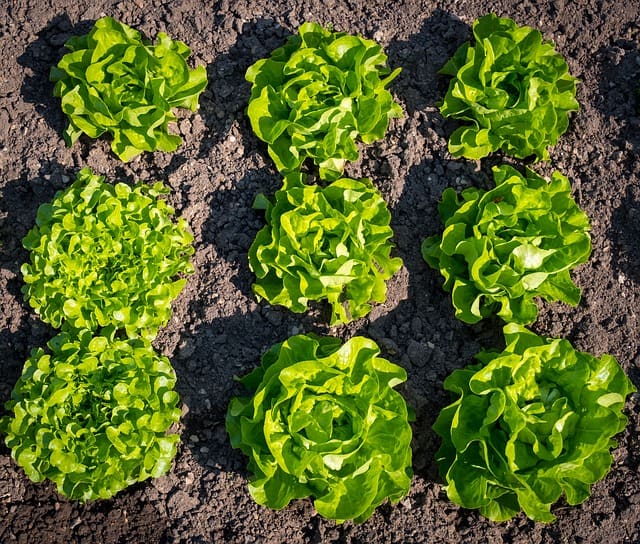
Lettuce is perfect for fall growing, particularly in USDA zones 4 through 9. Depending on the variety, lettuce can be direct sown in early to late August. Leaf varieties tend to mature quicker than head lettuce, usually ready in about 30-60 days.
Temperature Tolerance: Lettuce can tolerate light frosts but may not perform well in extremely hot weather.
Planting Tip: Choose heat-tolerant varieties if late summer temperatures remain high.
Peas
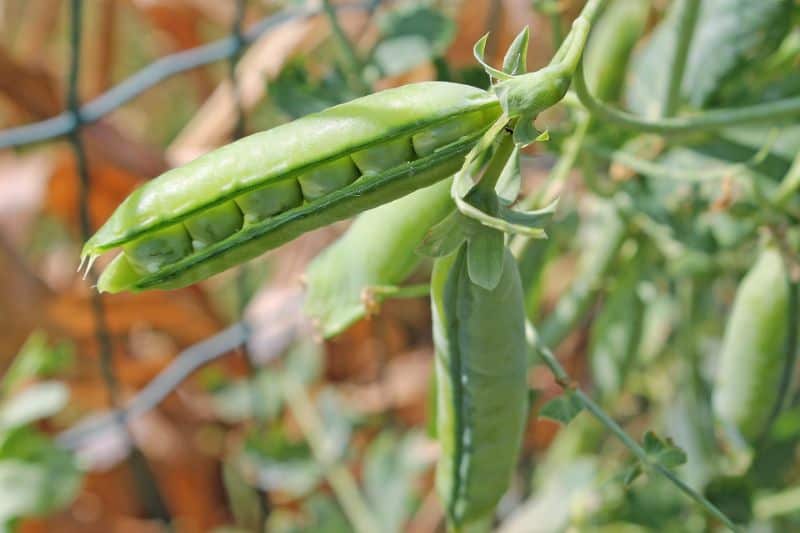
Snap peas and snow peas are excellent options for planting in August in USDA zones 3 through 7. Seeds can be sown directly into the ground by mid-August for a late fall harvest. Peas prefer cooler weather, making them ideal for the fall season.
Temperature Tolerance: Peas can handle a frost and thrive in temperatures down to 32°F with protection.
Planting Tip: Use trellises for climbing varieties to maximize space and encourage better airflow.
Onions
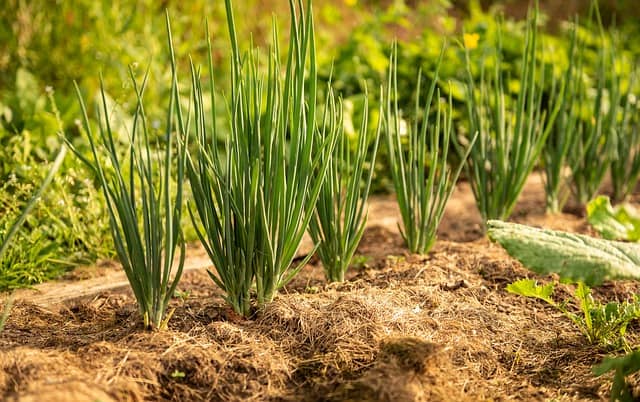
Onions, particularly short-day varieties, are suitable for planting in USDA zones 5 through 10 when sown in late August. They require about 100-120 days to reach maturity but can grow well with fewer daylight hours.
Temperature Tolerance: They can tolerate light frosts and may develop better flavor with cooler temperatures.
Planting Tip: When planting sets or transplants, ensure the tops are slightly above the soil level to avoid rot.
Swiss Chard
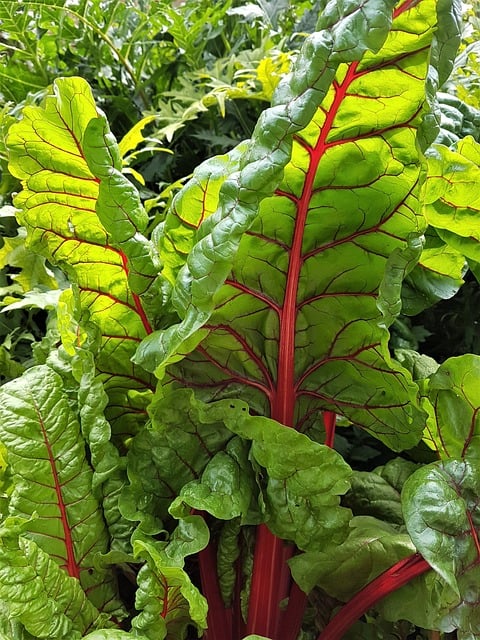
Swiss chard is a resilient leafy green that can be planted from early to late August across USDA zones 4 through 9. It’s relatively fast-growing and can be enjoyed as baby greens or allowed to mature for a fuller harvest.
Temperature Tolerance: Swiss chard can withstand light frost, becoming more tender after cold snaps.
Planting Tip: Harvest young leaves regularly to encourage new growth.
Flowers To Plant
Asters

Asters are vibrant perennial flowers that can be started from seeds in USDA zones 3 through 8 in August. These hardy flowers bloom beautifully in the fall, attracting pollinators and brightening up any garden space.
Temperature Tolerance: They tolerate moderate frost and perform well in the cooler temperatures of late summer and fall.
Planting Tip: Choose a well-drained area with full sun for optimal growth.
Mums (Chrysanthemums)
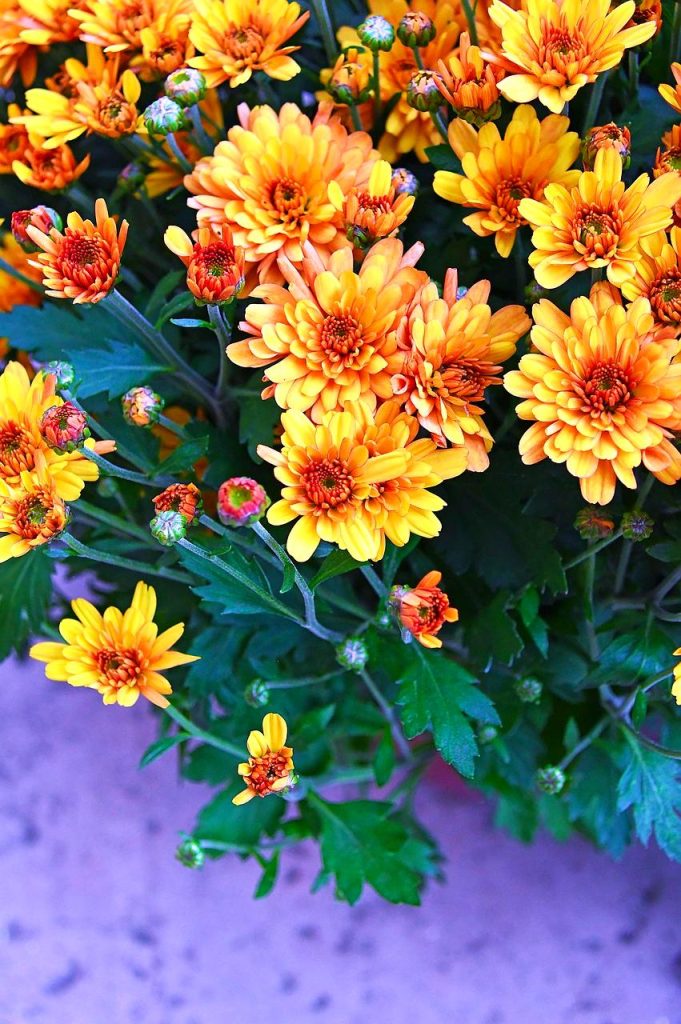
Mums are essential fall flowers that can be planted in USDA zones 3 through 9. These colorful blooms, which thrive in cool weather, can be purchased as transplants and should be planted in mid-August to guarantee a full bloom by autumn.
Temperature Tolerance: Mums can tolerate a few frosts, which often enhance their color and longevity.
Planting Tip: Plant them in a sunny area with well-draining soil to prevent root rot.
Pansies
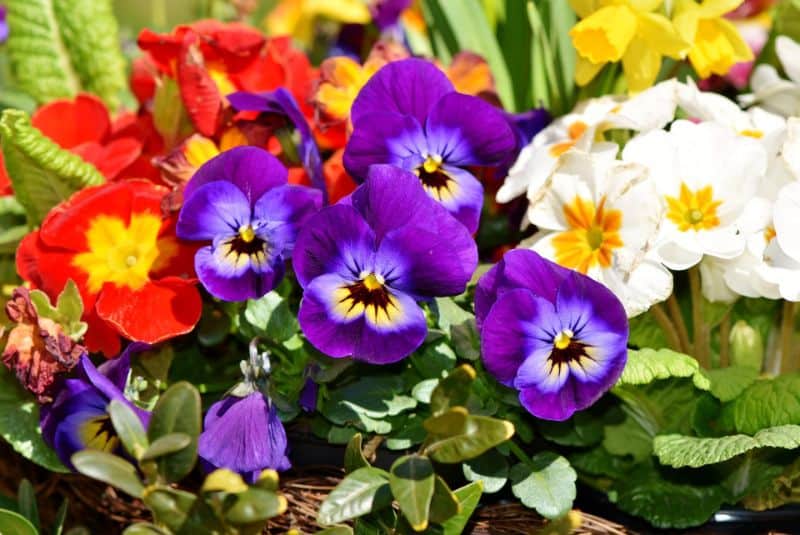
Pansies can be sown in USDA zones 3 through 10 in late August or early September. These cheerful annuals are perfect for fall gardens and can endure cooler temperatures, providing bursts of color until the frost sets in.
Temperature Tolerance: Pansies can handle light to moderate frosts, making them suitable for late-season planting.
Planting Tip: Deadhead spent blooms to promote continuous flowering.
Snapdragons
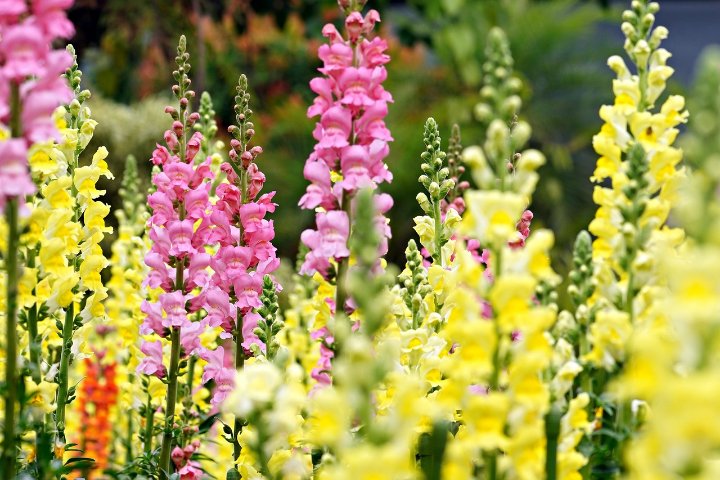
These delightful, colorful blooms can be directly sown in USDA zones 5 through 10 as the heat of summer begins to fade. Snapdragons are tolerant of cooler temperatures and can be planted in early August for a stunning display in the fall.
Temperature Tolerance: Snapdragons endure light frost, and cooler weather often encourages more robust blooms.
Planting Tip: Space plants adequately to allow air circulation and prevent mildew diseases.
Calendula
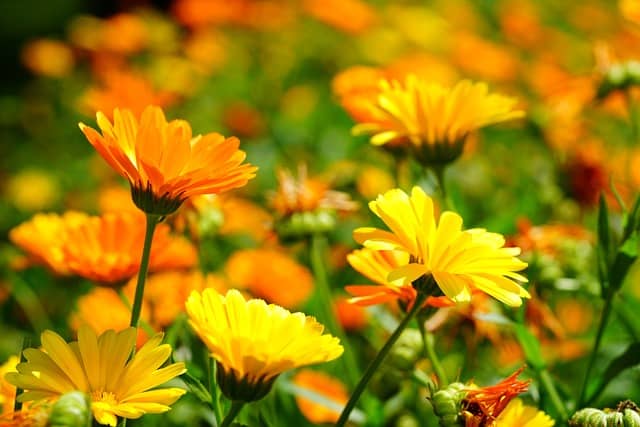
Calendula, or pot marigold, can be sown directly from mid to late August and thrives in several USDA zones (3-9). These cheerful flowers not only add beauty to fall gardens but also attract beneficial insects.
Temperature Tolerance: Calendula can tolerate light frost and may even improve its flavor profile with exposure to cold.
Planting Tip: Pinch back growing tips to encourage bushier growth and more blooms.
Dianthus
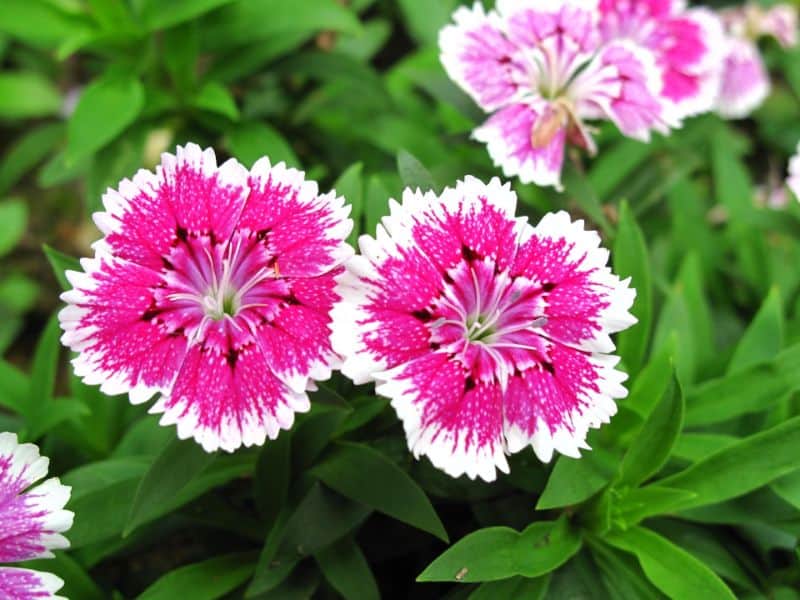
Dianthus, known for their spicy fragrance and vibrant colors, can be planted in USDA zones 3 through 9 in August. These hardy perennials provide color and ground cover to enhance any fall landscape.
Temperature Tolerance: They can withstand light frost and prefer cooler weather.
Planting Tip: Well-drained soil is essential to prevent root rot.
Cosmos
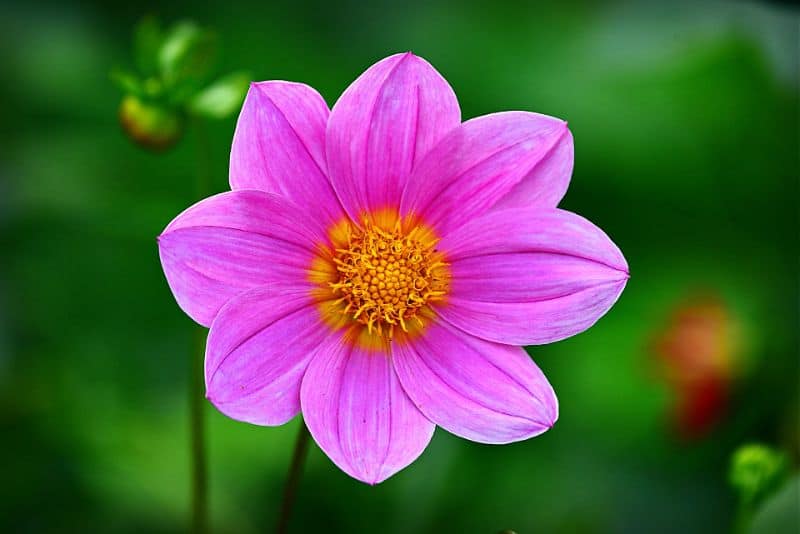
Cosmos can be sown directly or transplanted in USDA zones 3 through 10 in late August. These tall, striking flowers thrive in fall, often reaching heights of 3 to 4 feet and providing an excellent show of color.
Temperature Tolerance: Cosmos can handle light frosts, which can intensify their blooms.
Planting Tip: Thin seedlings to avoid overcrowding, and deadhead regularly to promote further blooming.
Ornamental Kale
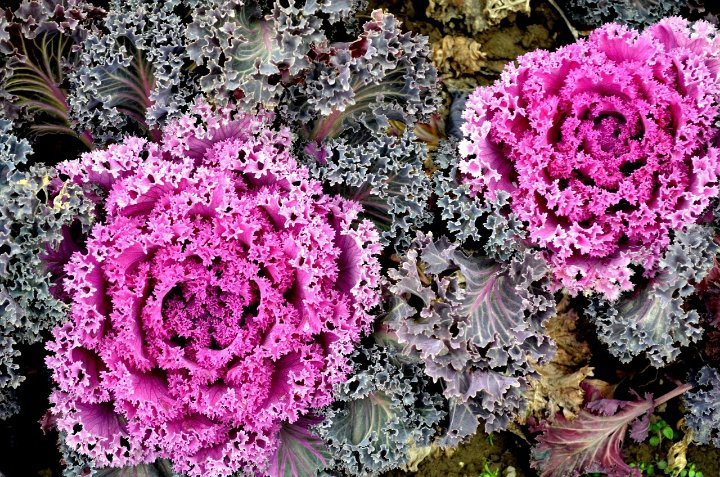
Ornamental kale can be a stunning addition to fall gardens and is suitable for planting in USDA zones 3 through 9. It can be sown in late August for vibrant colors from November onwards.
Temperature Tolerance: As a cool-season crop, ornamental kale thrives in temperatures as low as 20°F.
Planting Tip: Select varieties with varied colors for a visually striking fall display.
Sedum
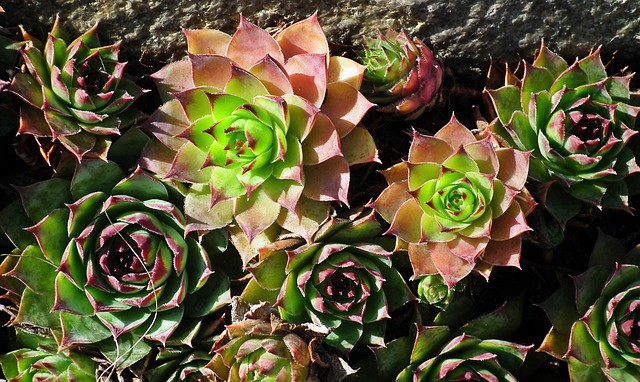
Sedums, or stonecrops, can be propagated from cuttings or seeds in USDA zones 3 through 9. These drought-resistant succulents offer unique shapes and tones, making them fabulous for fall gardens.
Temperature Tolerance: Sedums are resilient and can handle temperatures down to freezing.
Planting Tip: Plant in well-draining soil to prevent succumbing to root rot.
Goldenrod
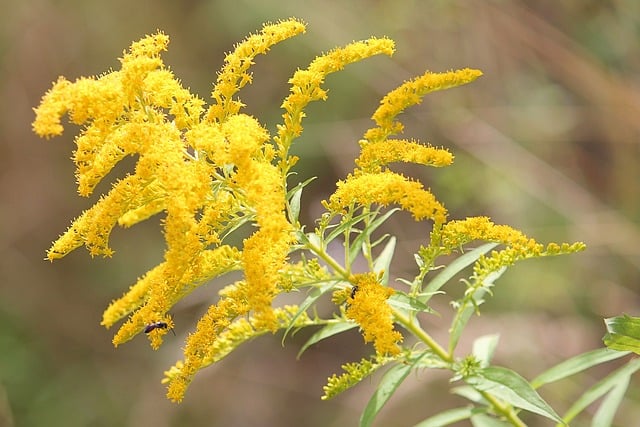
Goldenrod is a native perennial that can thrive when planted in late August in USDA zones 3 through 9. Its bright yellow plumes attract pollinators and provide splendid late-season color.
Temperature Tolerance: This plant thrives in cool temperatures and can handle frost.
Planting Tip: It spreads quickly; provide adequate spacing to prevent overcrowding in the garden.
Herbs To Plant
Parsley
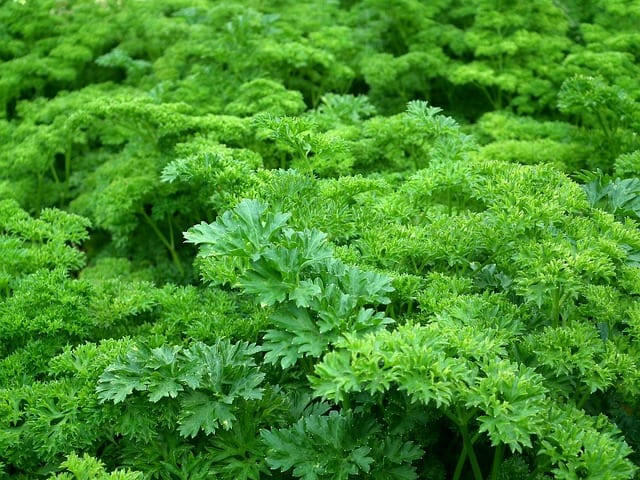
Parsley is a biennial herb that can be planted as an annual in USDA zones 3 through 9 in August. It thrives in cooler temperatures and can be direct sown in early to mid-August for a fall harvest.
Temperature Tolerance: Parsley can tolerate light frosts and thrives better in cooler weather.
Planting Tip: Regular harvesting encourages more leaf production, making it a great choice for continuous growth.
Cilantro
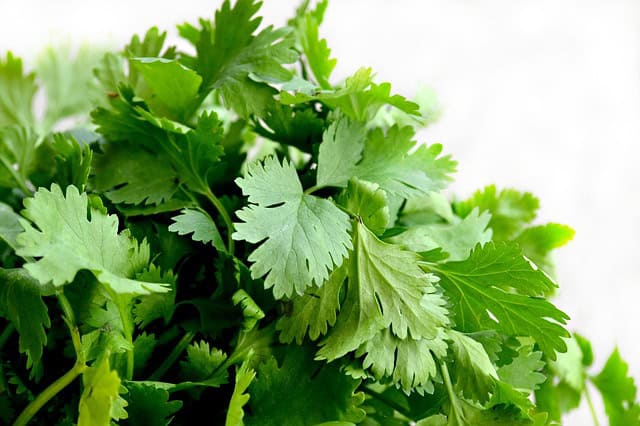
Cilantro can be sown in USDA zones 3 through 10 and is best planted by mid-August to take advantage of the milder fall temperatures. It grows quickly, usually ready to harvest in about 3-4 weeks.
Temperature Tolerance: Cilantro can withstand cooler temperatures; however, it does not thrive in extreme heat.
Planting Tip: Over-seeding can ensure a continuous supply of fresh cilantro, as it tends to bolt in warmer weather.
Chives
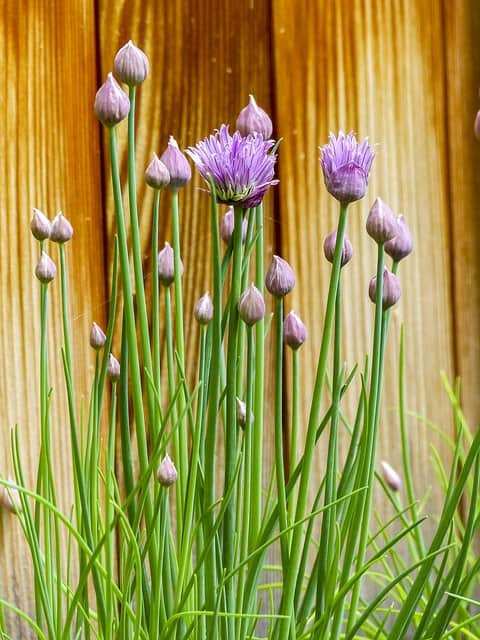
Chives can be planted in August in USDA zones 3 through 9 as seeds or divisions. These perennial herbs are resilient and can handle colder temperatures, allowing for constant nourishment to your meals.
Temperature Tolerance: Chives can tolerate frost and start to emerge early in spring.
Planting Tip: Divide clumps every few years to maintain vigor and prevent crowding.
Dill
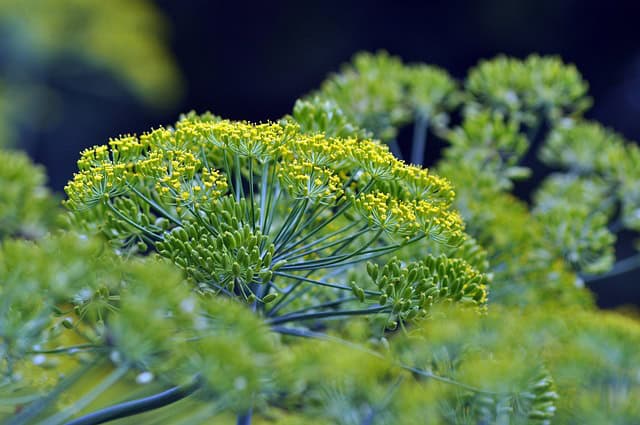
Dill can be seeded directly in USDA zones 3 through 10 in late August. It prefers cooler weather and grows rapidly, usually ready for harvest within 40-60 days.
Temperature Tolerance: Dill can tolerate cooler temperatures but needs protection from frost late in the season.
Planting Tip: Dill attracts beneficial insects, adding ecological balance to your garden.
Oregano
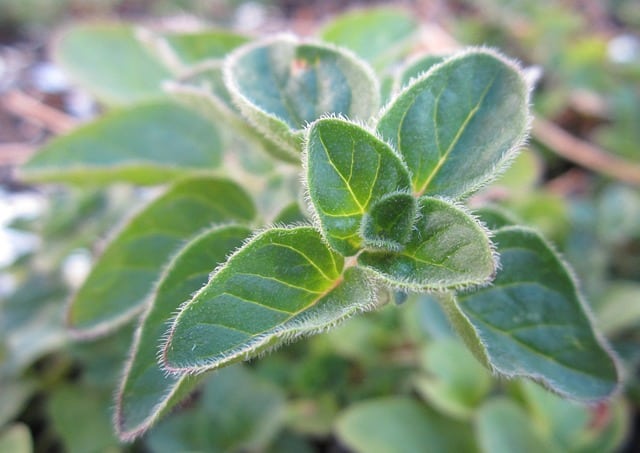
Oregano can be started from seeds or plants in USDA zones 5 through 10. It prefers well-drained soil and thrives when planted in August, allowing for a strong growth period ahead of the cooler weather.
Temperature Tolerance: Oregano is fairly hardy and can tolerate light frost.
Planting Tip: Prune regularly to encourage bushier growth and avoid leggy plants.
Thyme
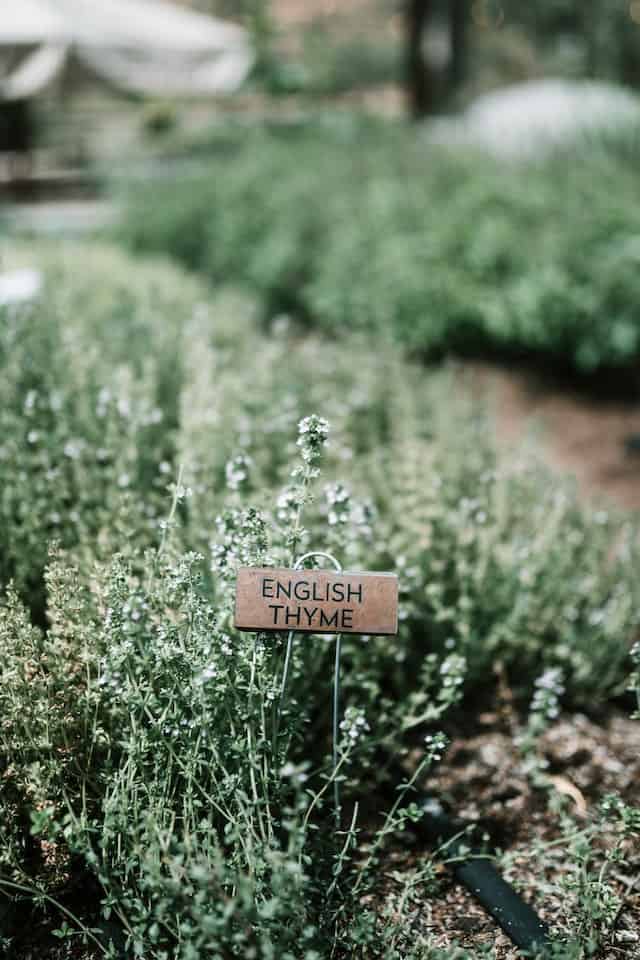
Thyme is a resilient herb suited for USDA zones 4 through 9 and can be planted in August. This hardy perennial is extremely tolerant of drought and prefers well-draining soils.
Temperature Tolerance: It can endure frost and even snow, with flavors intensifying with cooler temperatures.
Planting Tip: Harvest regularly to encourage more vigorous growth throughout the season.
Mint
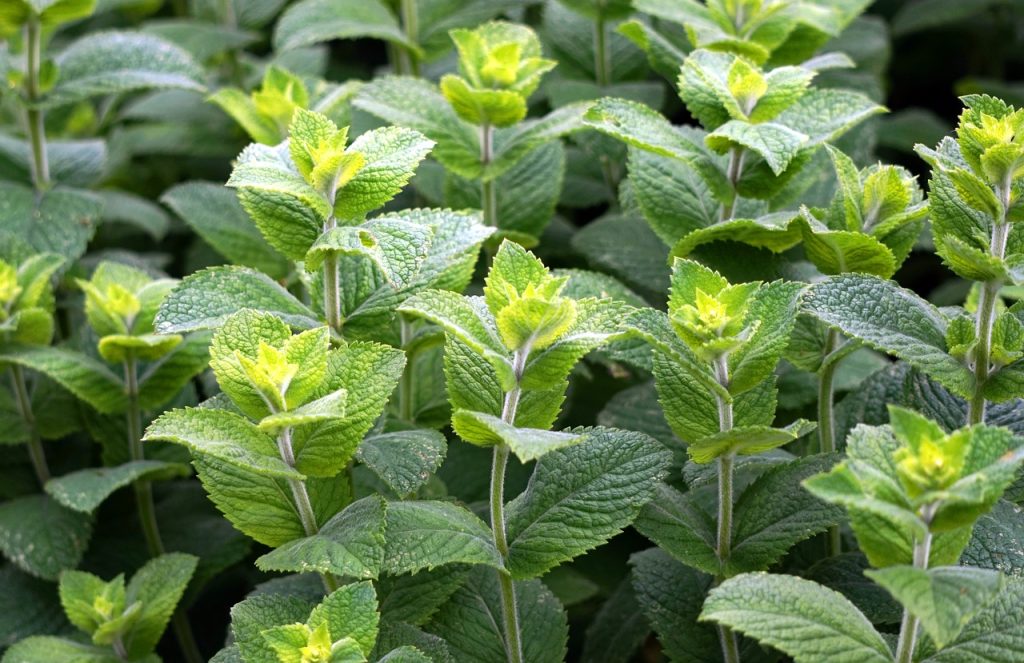
Mint can be planted in USDA zones 3 through 10 from cuttings or seeds in August. This fast-growing perennial thrives in cooler temperatures and can provide a continuous supply for your kitchen.
Temperature Tolerance: Mint can tolerate mild frosts and often gets sweeter with colder weather.
Planting Tip: Because mint spreads aggressively, consider planting it in containers to control its growth.
Sage
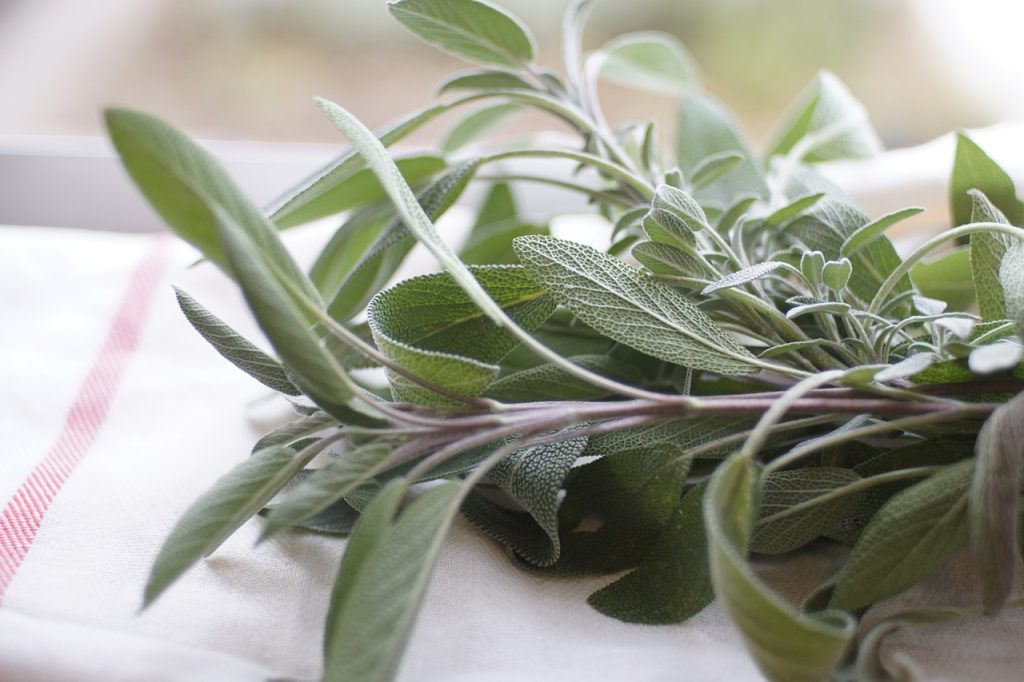
Sage can be sown in USDA zones 5 through 9 in August for fall harvests. This perennial herb thrives in a variety of soils and becomes robust with cooler temperatures.
Temperature Tolerance: Sage can endure light frost and can often take on a more intense flavor when grown under cooler conditions.
Planting Tip: Prune back in the fall to encourage new growth in spring.
Basil
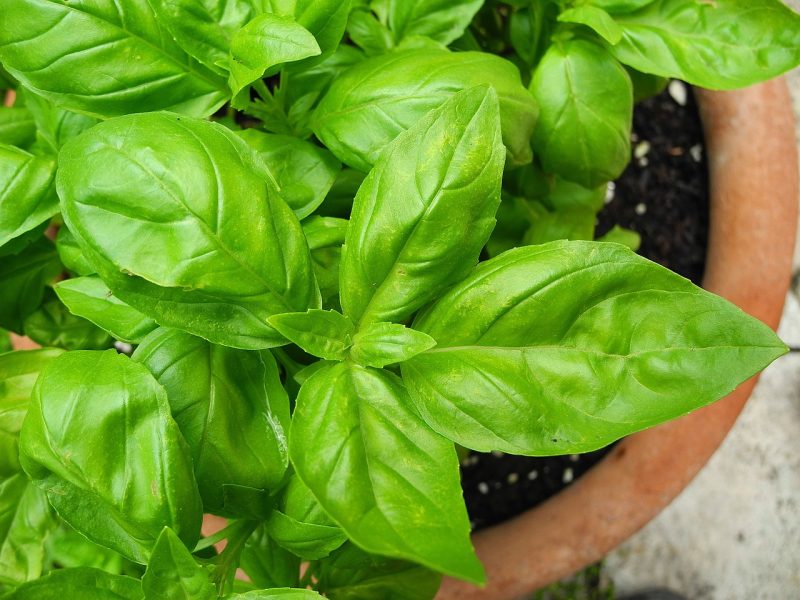
Basil can be started indoors or sown directly in USDA zones 3 through 10, but by late August, it is better suited for regions that still experience warm weather. However, it’s crucial to manage growth before the first frost as it is sensitive to cold.
Temperature Tolerance: Basil does not tolerate frost, so ensure harvesting occurs before temperatures drop significantly.
Planting Tip: Regularly pinch back leaves to promote bushier plants and delay flowering.
Fennel
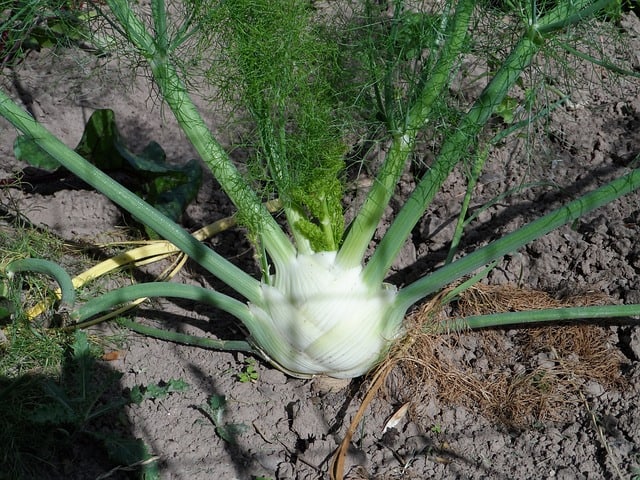
Fennel can be sown in USDA zones 5 through 9 in August for a fall harvest. This aromatic herb provides culinary and medicinal benefits and is well-suited to cooler weather.
Temperature Tolerance: Fennel can withstand light frost, with improved flavor from cooler temperatures.
Planting Tip: Fennel requires ample spacing to develop bulb size, so plan appropriately.
Landscape Plants To Plant
Perennial Ryegrass
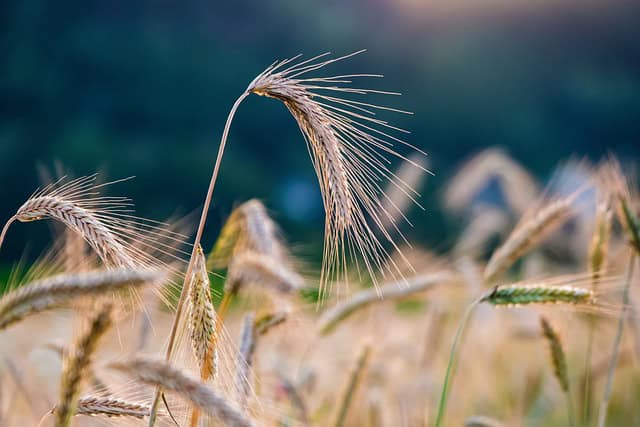
Perennial ryegrass is a cool-season grass ideal for planting in USDA zones 3 through 7 in August. It establishes quickly, providing immediate ground cover and lush green lawns.
Temperature Tolerance: It thrives in moderate climates and can withstand frost during establishment.
Planting Tip: Seed at a rate of 5-10 lbs per 1,000 square feet, depending on the desired thickness of the lawn.
Ornamental Grasses
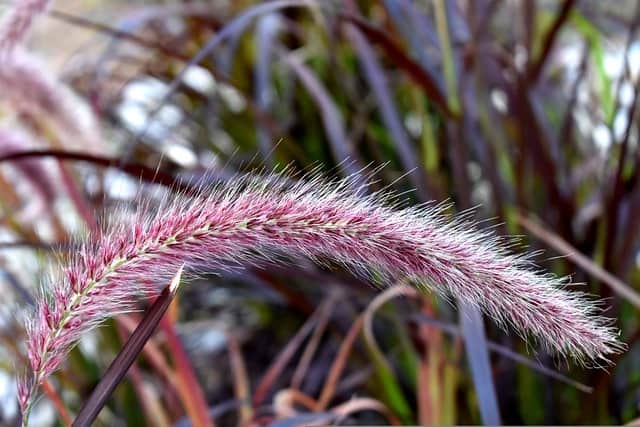
A variety of ornamental grasses, such as Miscanthus or Panicum, can be planted in USDA zones 3 through 9 in August. These grasses provide texture and movement to the landscape while attracting wildlife.
Temperature Tolerance: Ornamental grasses tend to handle light frost well and become dormant in colder months.
Planting Tip: Ensure proper spacing, particularly for taller varieties, to allow for airflow and to avoid mildew.
Fall-Blooming Sedum
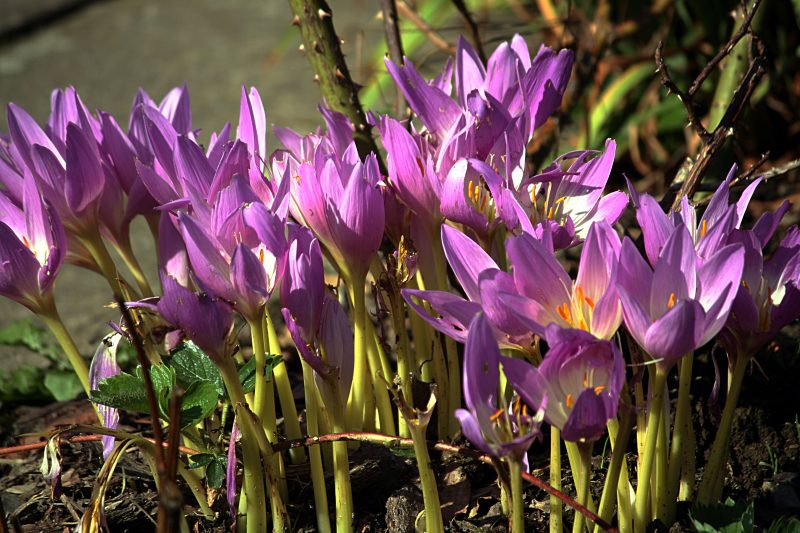
Sedum can be propagated from cuttings in USDA zones 3 through 9 in August. These succulent plants add visual interest and ground cover and provide a food source for pollinators.
Temperature Tolerance: Sedum is drought-resistant and can handle freezing temperatures.
Planting Tip: Choose well-drained soil to prevent issues with root rot.
Daylilies
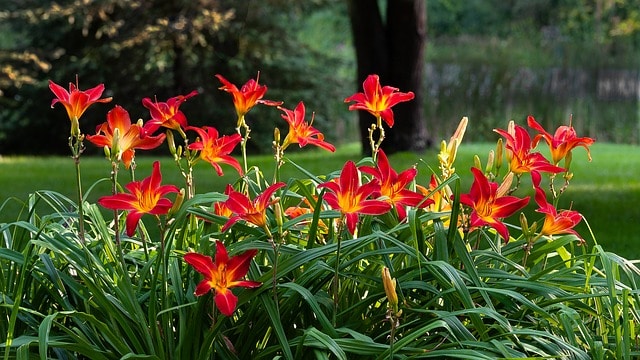
Daylilies are hardy perennials that thrive when planted in USDA zones 3 through 9 in August. They are adaptable to various soil types and provide wonderful blooms throughout the season.
Temperature Tolerance: Daylilies can handle frost and are resilient to fluctuations in temperature.
Planting Tip: Divide mature plants every 3-5 years to encourage vigorous growth.
Hollyhocks
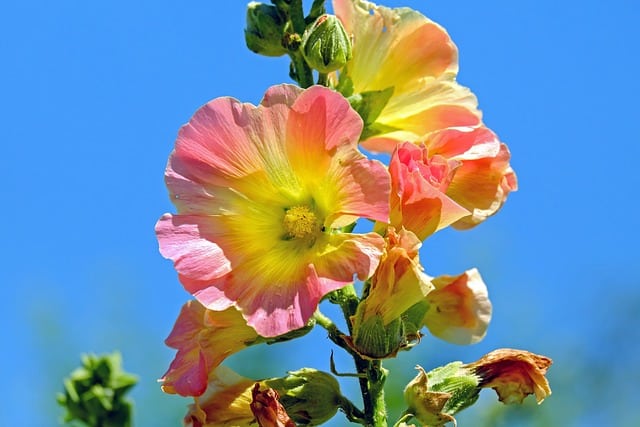
Hollyhocks can be started from seed in USDA zones 3 through 8 in August. These biennial plants may take a season to establish but yield delightful flowers by the following summer.
Temperature Tolerance: Hollyhocks can handle colder temperatures and can survive light frosts.
Planting Tip: Plant them in a location protected from strong winds to prevent toppling.
Lavender
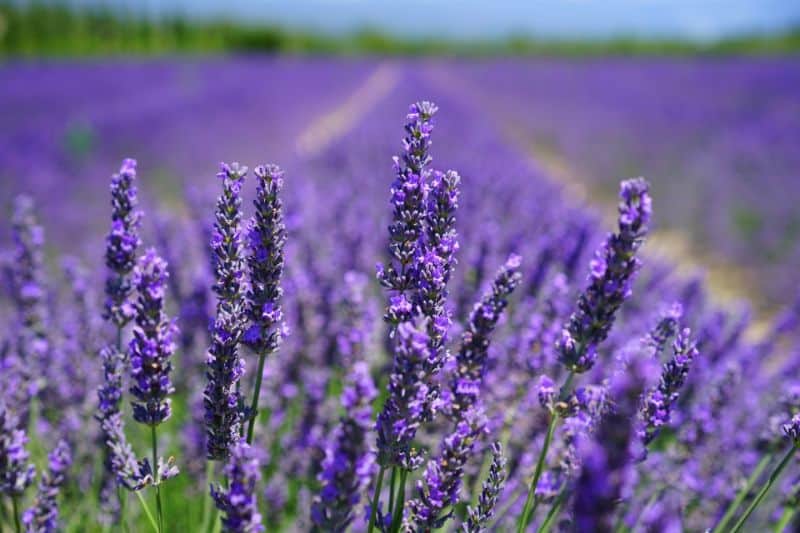
Lavender can be planted in USDA zones 5 through 9 in August, where the plant develops a strong root system before winter. It thrives in well-draining soil and sunny locations.
Temperature Tolerance: Lavender can withstand frost, becoming significantly more resilient with established roots.
Planting Tip: Proper spacing helps improve airflow, preventing mildew and ensuring healthy plants.
Coneflower (Echinacea)
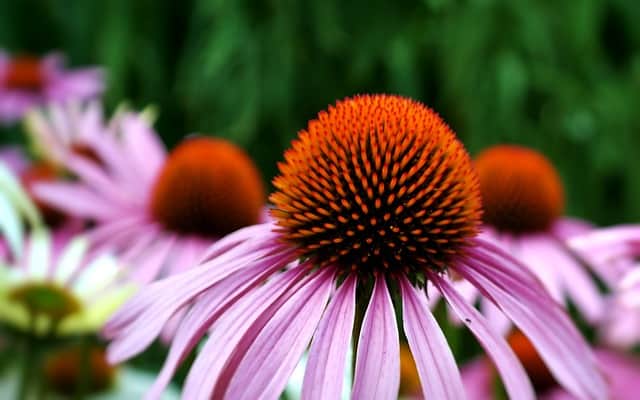
Coneflowers can be planted in USDA zones 3 through 9 in August and are excellent for attracting pollinators. They are drought resistant and thrive in many soil types.
Temperature Tolerance: Established coneflowers can survive the frost, although it’s best to plant when temperatures are still moderate.
Planting Tip: Deadhead to encourage new blooms, extending their flowering season into the fall.
Spireas

Spireas can be planted in August in USDA zones 3 through 9. These hardy shrubs offer dazzling colors in the fall and add structure to landscape design.
Temperature Tolerance: Spireas are quite adaptable and can cultivate tolerances to various temperature ranges.
Planting Tip: Prune after blooming in the fall to improve air circulation and promote bushiness.
Magnolias
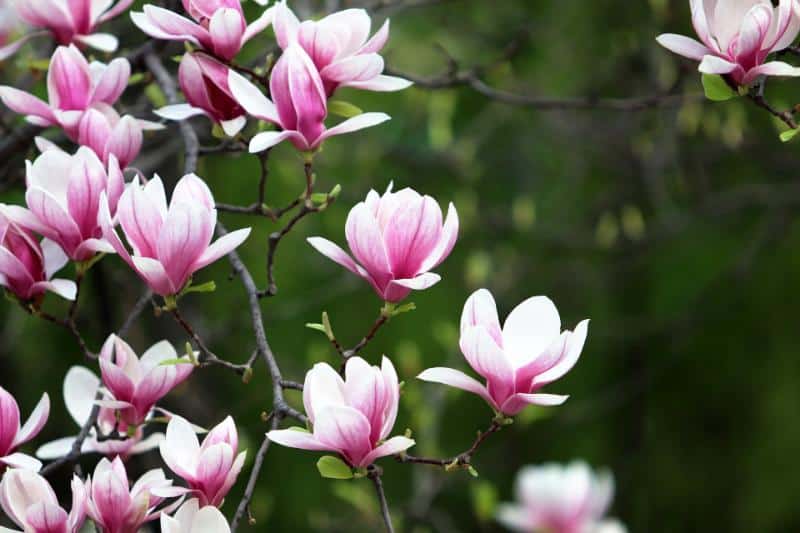
For gardeners looking for a more ambitious project, magnolia trees can be planted in USDA zones 5 through 9 in August. Although they take time to establish, they bring beauty and fragrance to landscapes.
Temperature Tolerance: Magnolias are relatively hardy and can tolerate some frost.
Planting Tip: Choose a spacious area and ensure deep planting, allowing roots to establish properly.
Japanese Maple
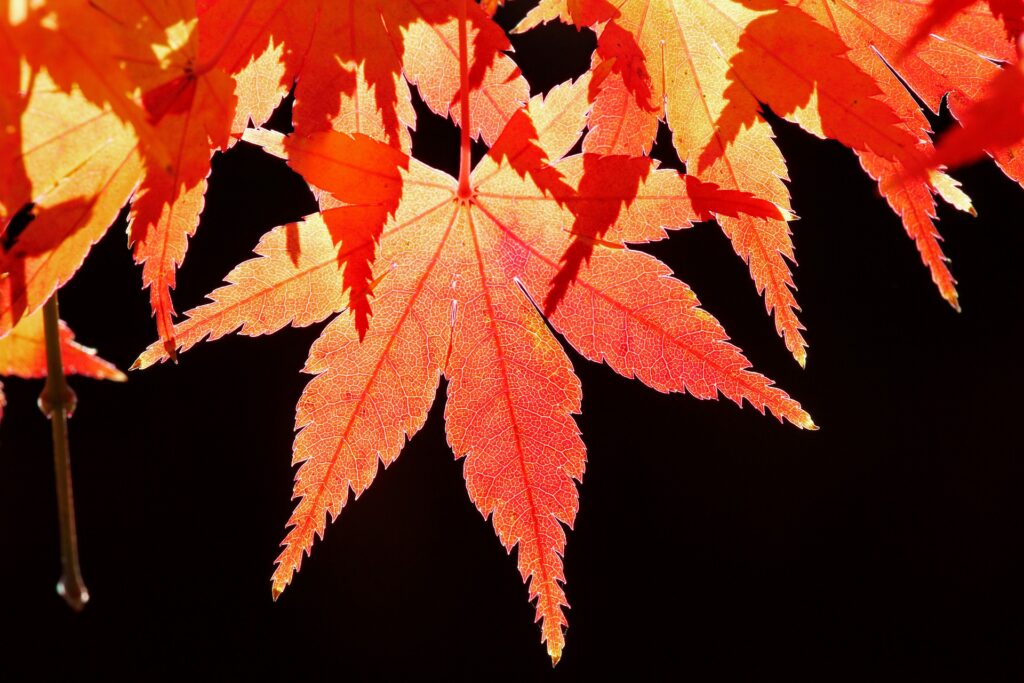
Japanese maples are renowned for their stunning foliage and can be planted in August in USDA zones 5 through 8. These trees will add elegance to any landscape with their intricate leaf patterns and colors.
Temperature Tolerance: They can handle some frost but benefit from careful placement to protect from harsh winter winds.
Planting Tip: Keep young trees well-watered and protected until they are fully established.





